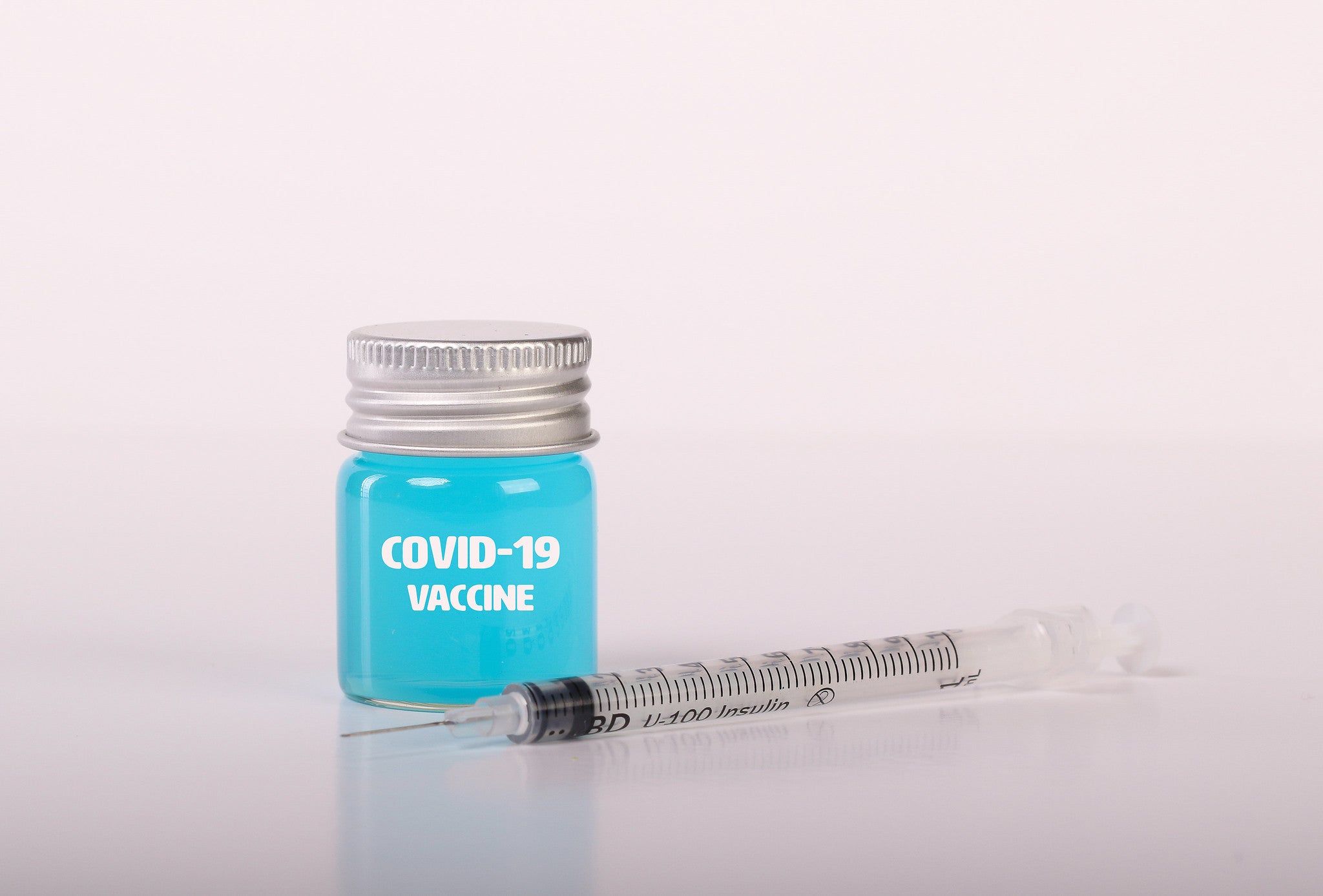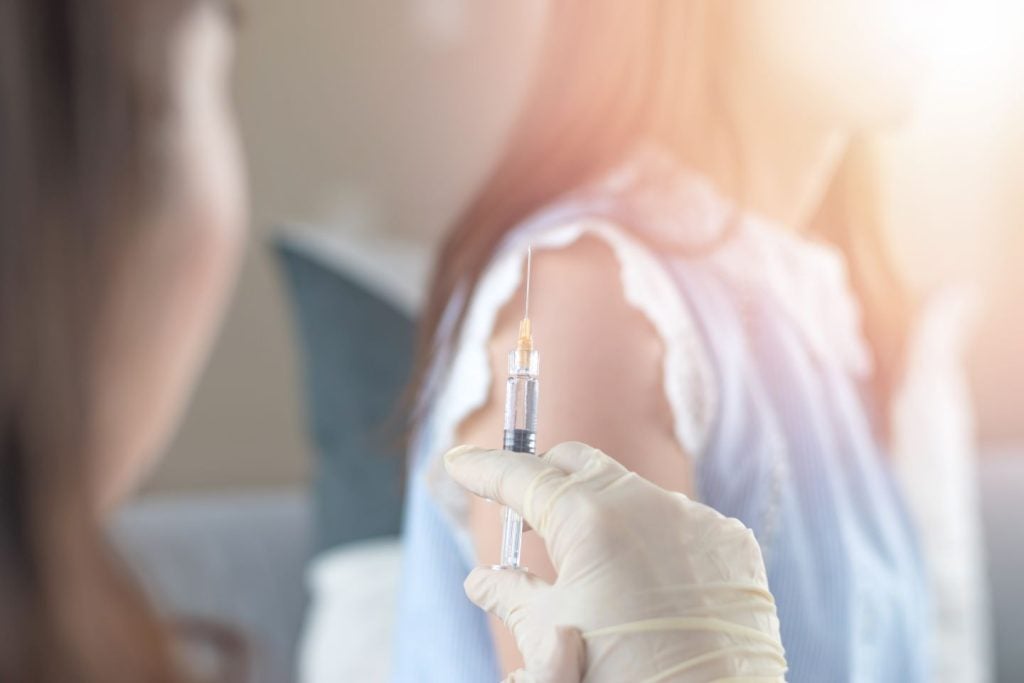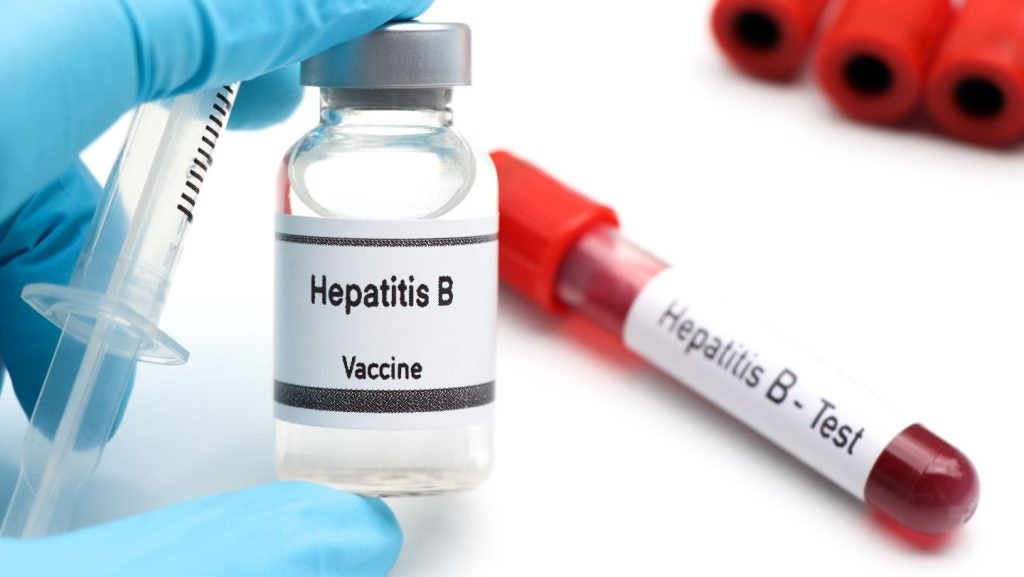
With the persisting global devastation of COVID-19, researchers worldwide are moving at a rapid pace to identify and develop viable vaccine candidates. Second waves of COVID-19 worldwide will coincide with entry into the winter months in the northern hemisphere, highlighting a critical period in the timeline of the pandemic, and the development of a viable vaccine is imperative to prevent a worsening of the impact of COVID-19. The clinical investigations for COVID-19 vaccine candidates continue to grow globally in order to find safe and effective vaccines.
As shown in Figure 1, the largest proportion of vaccine trials are currently in planned status, with Phase I studies (42.7%) holding the largest proportion of trials. Phase II studies have the largest proportion of vaccine trials that are in ongoing status (15.1%), followed by Phase III (12.5%) and Phase I (7.9%). Almost all Phase IV COVID-19 vaccine trials utilize the BCG vaccine. At present, no COVID-19 vaccine clinical trials have been terminated.
Only 2.9% of COVID-19 vaccine trials have been completed, which highlights the importance of interim results being reported by sponsors to proceed to later stages of development. Where site locations are concerned, the US takes the lead (11.8%), narrowly outnumbering second-place China (11.0%) and third-place India (9.7%). There are no European countries within the top five, potentially suggesting a prioritization of therapeutics ahead of vaccines.
In regard to COVID-19 vaccine targets, the spike protein (S-protein) is the most frequently utilized target site. This can be attributed to the surface of the COVID-19 molecule being covered with S-proteins, allowing it to attach to host cell receptors, leading to the viral entry into the host cell. This results in the fusion of the viral and host cell membrane causing the host cell to become infected; the prevention of the S-protein binding to the host cell may therefore prevent infection.
The US currently has a number of exciting vaccine prospects that are being developed. The lead US candidates are currently being developed by Moderna, Pfizer-BioNTech, Johnson & Johnson, and Novavax.
Moderna’s mRNA-1273 serves as the first vaccine to undergo human trials and is one of the more promising prospects. mRNA-1273 introduces a messenger ribonucleic acid (mRNA) sequence into the body that encodes for the S-protein’s production, prompting the immune system to form an immune response against the S-protein. Results from Moderna’s Phase I study demonstrate that the vaccine provides an immune response, producing a mean neutralizing antibody titer that exceeds that of convalescent sera. Moderna has also recently published updated data from the Phase I trial, which show the vaccine produces a neutralizing antibody response in elderly subjects, with a tolerable safety profile. The vaccine is currently in Phase III trials with efficacy data likely to be reported in November; nonetheless, the US government has already committed to buying 100 million doses.
How well do you really know your competitors?
Access the most comprehensive Company Profiles on the market, powered by GlobalData. Save hours of research. Gain competitive edge.

Thank you!
Your download email will arrive shortly
Not ready to buy yet? Download a free sample
We are confident about the unique quality of our Company Profiles. However, we want you to make the most beneficial decision for your business, so we offer a free sample that you can download by submitting the below form
By GlobalDataThe University of Oxford’s collaboration with AstraZeneca serves as one of the most promising prospects from Europe. The vaccine candidate AZD-1222 utilizes adenoviruses that have been genetically altered to prevent replication and include a replication-deficient chimpanzee adenovirus vector (ChAdOx1), which delivers the S-protein into the body to prompt an immune response. Results from the Phase I/II study had shown the vaccine to produce a significant response leading to a four-fold increase in antibodies targeted against the S-protein as well as a T-cell response. With regards to the safety profile, the vaccine was also tolerated barring minor side effects such as headache and fatigue. The vaccine progressed to a multinational Phase III trial across all adult age groups with a view to enroll 50,000 participants. However, on September 8, AstraZeneca placed the trial on temporary pause due to a potentially unexplained illness in one of the trial participants. Since then, a review of the safety data has been carried out by international regulators in the UK, India, Japan, South Africa, and Brazil, all of which have deemed the study safe to resume. Nonetheless, the FDA is yet to approve the recommencement of the US arm of the study. Furthermore, increased transparency is required with regards to unexplained illness to ensure public trust is upheld, avoiding wide-scale vaccination distrust, which may hamper the battle against COVID-19.
China Sinopharm, the state-run Chinese pharmaceutical firm, is producing a vaccine in collaboration with the Wuhan Institute of Biological Products. Interim analysis of the Phase I and Phase II trials has shown the vaccine to demonstrate immunogenicity while also having an adequate safety profile. The Phase I and II studies were conducted in China’s Henan Province; however, the Phase III study was relocated to the United Arab Emirates (UAE). The sponsor selected this country due to population diversity; this may signify Sinopharm’s determination in gathering varied data in order to market the vaccine worldwide as soon as possible. Interestingly, a report from the New Yorker has stated that hundreds of thousands of Chinese citizens have already been vaccinated with Sinopharm’s vaccine through an emergency use authorization. The vaccination of such a large number of individuals prior to regulatory approval does raise concerns, as the full safety and efficacy profiles of the vaccine are not fully developed, though participation was voluntary.
In Russia, the research institution Gamaleya Federal Research Center of Epidemiology and Microbiology has produced a vaccine named Sputnik V, financed by the state-run Russian Direct Investment Fund. The vaccine utilizes adenoviruses to present the S-protein into the body to elicit an immune response, and requires booster injections three weeks after the first dose to strengthen the immune response. Phase I/II results have shown the vaccine to induce a strong immune response in all participants while displaying a tolerable safety profile. This led the Russian Ministry of Health to approve the vaccine, making Russia the first country to have a registered vaccine. Nevertheless, the approval of a vaccine is typically dependent on Phase III trial data, which are not yet available, and therefore the approval of Sputnik V has been met with some skepticism. While the induction of a strong immune response is promising, Phase III data would ultimately determine if the immune response translates into a sufficient level of immunity. The vaccine is currently in Phase III/IV trials, where further information regarding immunity should be established.
While it is promising that differing approaches to develop vaccines worldwide are beginning to demonstrate tangible results, an increased level of collaboration between the leading nations would be welcomed as the burden from COVID-19 is felt globally. Furthermore, the race to determine a viable vaccine candidate must always consider patient safety as paramount.










Related Company Profiles
Russian Direct Investment Fund
AstraZeneca Plc
Moderna
University of Oxford
Gamaleya Federal Research Center of Epidemiology and Microbiology